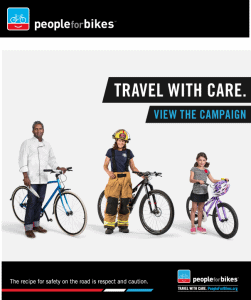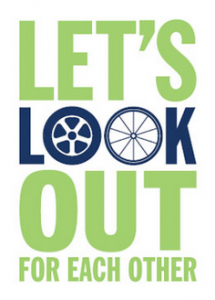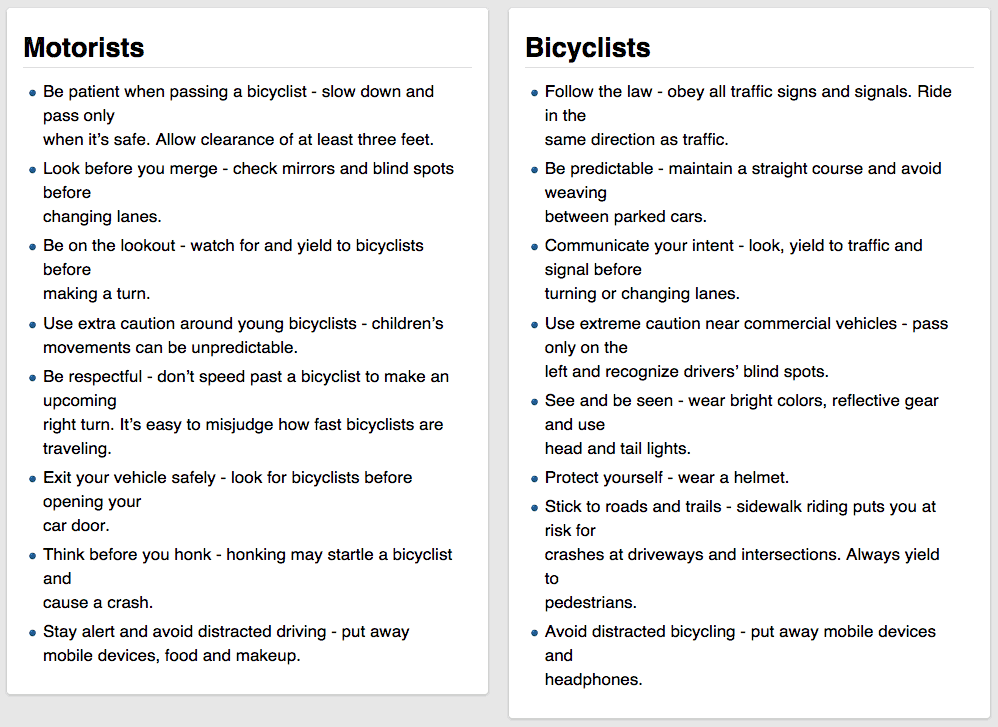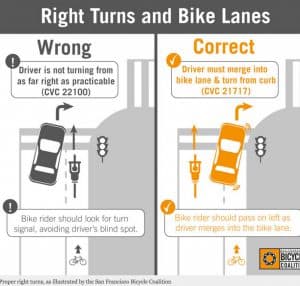
In their annual review of new transportation laws, the California Highway Patrol has highlighted a few that affect motorists, cyclists, and pedestrians. All these laws went into effect on January 1, 2023:
Pedestrians
This law prohibits peace officers from stopping pedestrians for certain pedestrian-specific violations, such as crossing the road outside of a crosswalk, unless there is an immediate danger of a crash.
Cyclists
Bicycles Omnibus Bill (AB 1909, Friedman)
This law provides for increased protections to bicyclists by requiring vehicles passing or overtaking a bicycle in the same direction, to move over to an adjacent lane of traffic, if one is available, or slow down and only pass the bicyclist when safe to do so. The law also permits cyclists to go when a walk sign is on at intersections and allows Class 3 e-bike riders to use approved bicycle paths and trails, bikeways, and bicycle lanes.
Electric Bicycles: Safety and Training Program (AB 1946, Boerner Horvath)
This requires the CHP to work with other traffic safety stakeholders such as the California Office of Traffic Safety, to develop statewide safety and training programs for electric bicycles. This training program will launch on the CHP’s website in September 2023.
Drivers
Hit-and-Run Incidents: Yellow Alert (AB 1732, Patterson)
This law authorizes law enforcement agencies to request the CHP to activate a “Yellow Alert” when a fatal hit-and-run crash has occurred. The law also encourages local media outlets to disseminate the information contained in a Yellow Alert. The new law serves to use the public’s assistance to improve the investigatory ability of law enforcement agencies.
Motor Vehicle Speed Contests and Exhibitions of Speed (AB 2000, Gabriel)
Parking lots and off-street parking facilities are now included as locations where it is a crime to engage in a speed contest, exhibition of speed, or sideshow activity.
Additional Reading:







